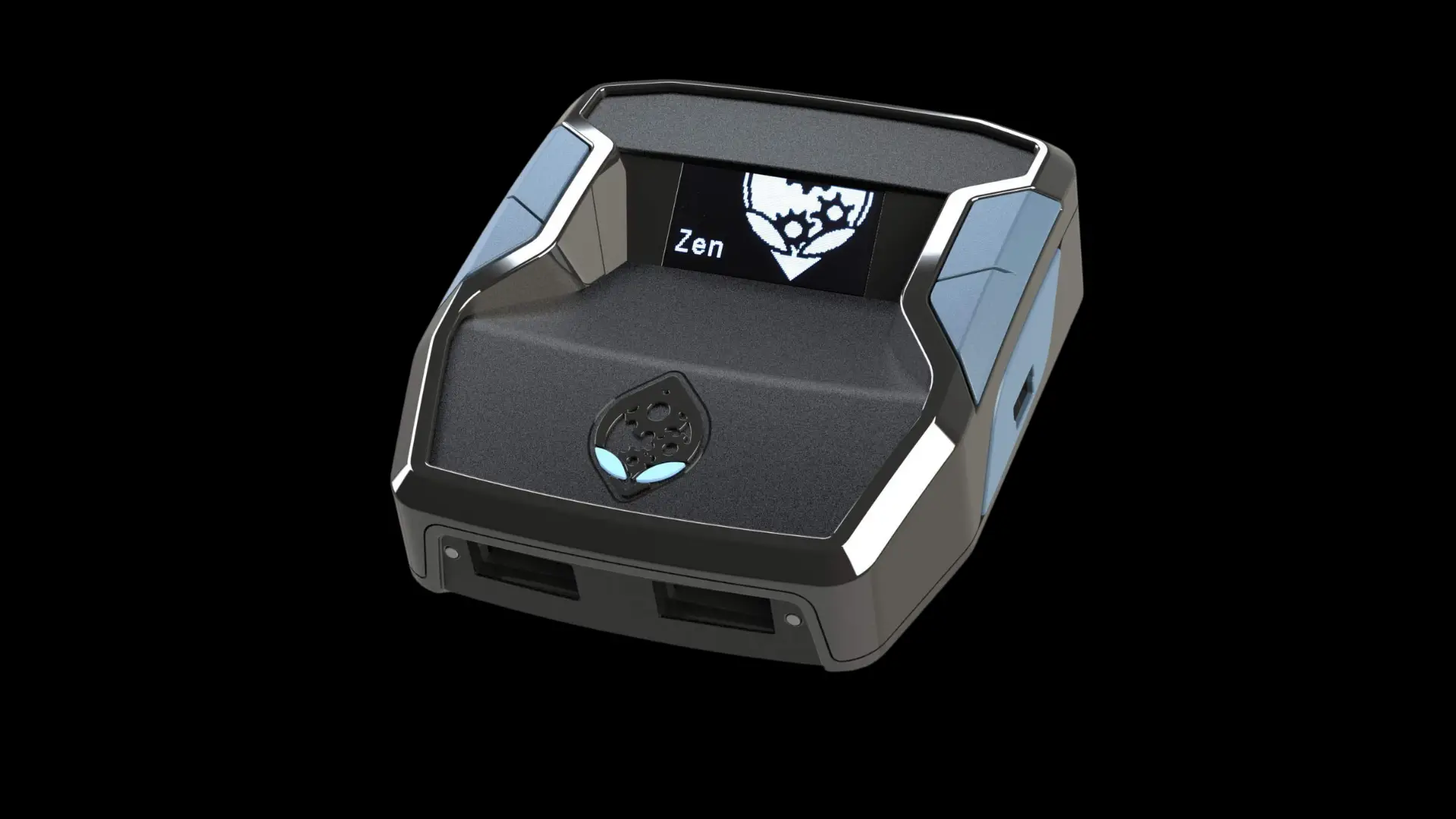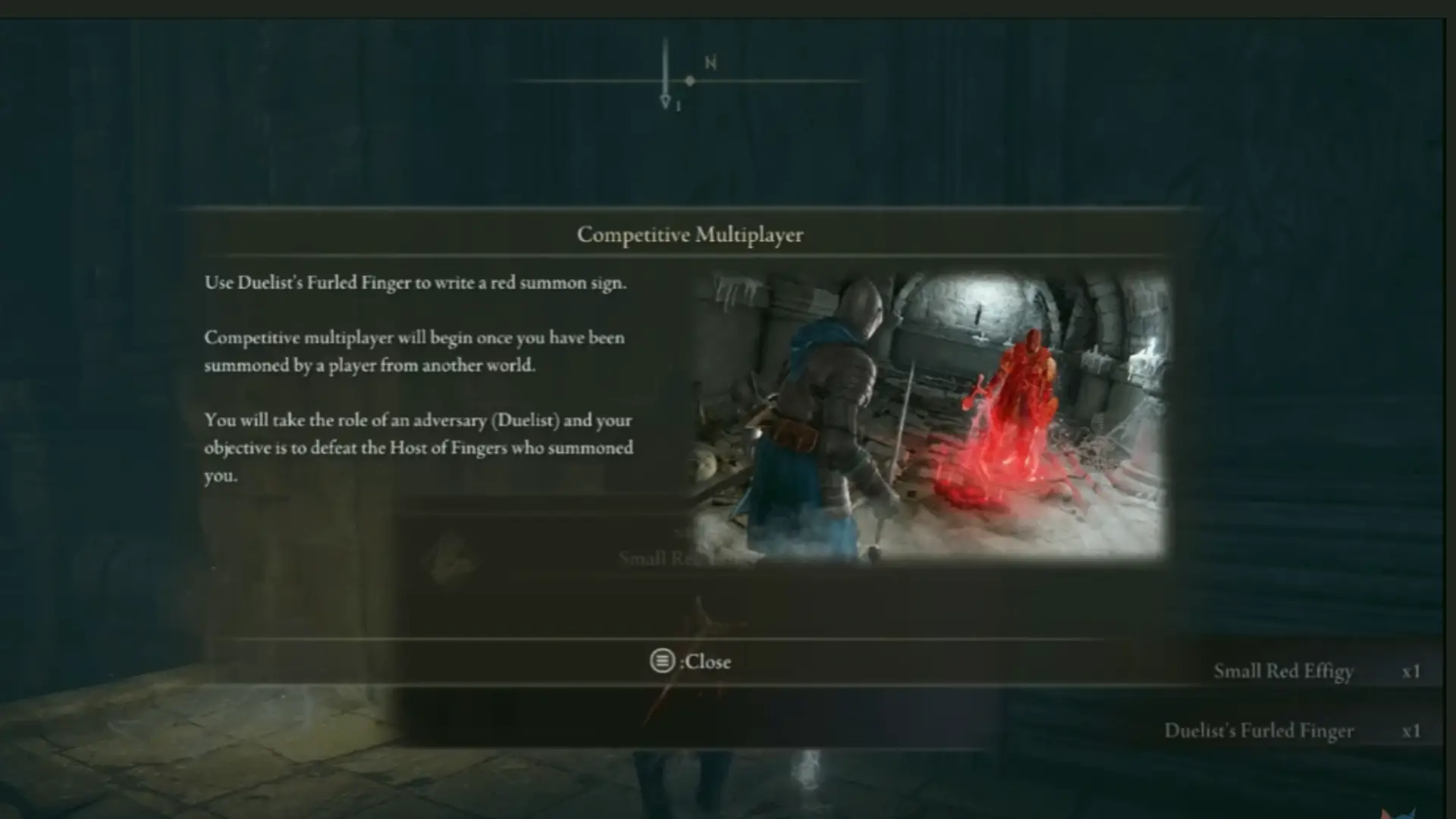How Much has Changed from Splatoon 2 to Splatoon 3?

Splatoon 3 came out last month, and it has already been a huge success. Not only have its reviews been pretty solid, the sales are, month to month, higher than Splatoon 2’s sales, which were already pretty impressive on their own. However, despite the positive reception it has received, there has been one complaint: it’s just a little too similar to its predecessor.
Splatoon 2 was not all that dissimilar from Splatoon 1, but it did have some new modes and, most importantly, was not on the Wii U like the first game was. A lot of people expected Splatoon 3 to be announced for the next Nintendo platform, much like how Nintendo tends to keep Mario Kart and Super Smash Bros. at one game per platform. Splatoon 3, however, has had some changes. But what are they?
How Much has Changed from Splatoon 2 to Splatoon 3?
In this section, we will discuss every worthwhile change made from Splatoon 2 to Splatoon 3.
New moves
While Splatoon 3 didn’t light the world on fire with innovation, it nevertheless did introduce two new moves that changed how you are able to navigate in battle. The first is called Squid Surge, which allows you to quickly boost up walls by holding down B and moving up the wall. This is really handy, as going up walls can be a little tedious (gravity and all that jazz).
However, the real MVP here is Squid Roll, which is a skill that allows you to change direction on a dime. To do this, you have to move quickly, and then suddenly pull back on the analog stick. Not only does this allow you more movement options, it also gives you a brief invincibility window during the roll.
New weapons and specials

All weapons from Splatoon 2 return for Splatoon 3, and there are two new (and very cool) weapons as well:
- Splatanas/Splatana Wiper, a blade-like weapon that is solid for melee and even has some shorter-ranged capabilities.
- Tri-Stringers/Stringers, a large bow that shoots multiple ink projectiles at the same time.
In addition to these new weapons, we also have new special abilities that are tied to your weapons:
- Big Bubbler: Creates a shield to protect against ink (but not other players)
- Crab Tank: Deploys a tank that you can control with R and ZR
- Ink Vac: Suck up enemy ink to use against your opponents
- Killer Wail 5.1: Target an opponent with six laser-emitting speakers
- Reefslider: Ride a shark-shaped float forward to blow up in your opponents’ faces
- Tacticooler: Deploy a cooler to provide buffs for you and your teammates
- Triple Inkstrike: Drop an ink strike on a certain spot to create an ink tornado
- Trizooka: Launch three blasts of ink at once, three times using ZR
- Wave Breaker: Forces hidden opponents out in the open using waves
- Zipcaster: Allows you to quickly zip from one spot to another using a sticky hand
Finally, the new weapons are also accompanied by a new sub-weapon, the Angle Shooter. This sub weapon travels forward, bouncing off surfaces, and marking opponents along the way.
New idols

Whereas the first two games had an idol group consisting of two idols (the Squid Sisters and Off the Hook), this time around, we have three idols: Frye the Inkling, Shiver the Octoling, and Big Man the Manta Ray. The idol groups are each responsible for introducing the stages and rules at the time you play, but this game has one great feature: you can finally skip them! I mean, I enjoy their interludes, but sometimes I just want to get into a game as quickly as I possibly can.
A new city

Each Splatoon has its own hub world, and Splatoon 3 has the biggest hub world so far. The main hub is Splatsville, located in the Splatlands, with the lore explanation being that the last Splatfest from Splatoon 2 – Order vs. Chaos leads to Inklings and Octolings developing the area rapidly. It has a number of areas, mainly shops, as well as locations to select your mode of multiplayer play.
New campaign
Each new Splatoon game comes with a new campaign, complete with a new story to boot. Each campaign thus far has involved the first idol group, the Squid Sisters (Callie and Marie), in a significant way, though in this one, the new idols play a significant role as well.
The new campaign is called Rise of the Mammalians, and you have to fight against furry Octarian troops and deal with furry slime(?). Like past games, this campaign serves as a tutorial for the multiplayer, in essence, with the enemies, bosses, and levels teaching you how to best utilize your weapons and skills.
The lobby system has been redone
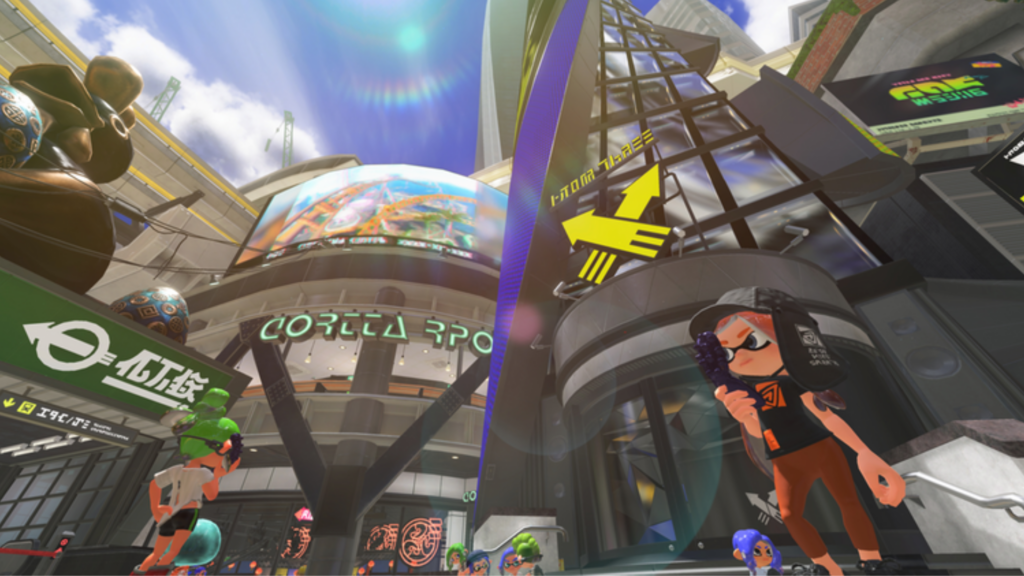
The lobbies in Splatoon 1 and 2 have never been well regarded by any means. Matchmaking takes a really long time sometimes, and you can’t do anything while you are waiting for other players to join you. Splatoon 3 streamlines the menuing for lobbies, and you can even see “ghosts” of your friends in the lobby when they are online. If they are matchmaking, you can also choose to join their game.
Perhaps the biggest improvement, however, is the fact that you can change your weapon loadout without having to leave your lobby first.
Save data backup
While most people do not suffer from a lack of this feature, for those who lost their save data because their Switch broke or was lost, Splatoon 2 was devastating since you couldn’t backup your save data. Nintendo did not allow you to back up save data online, arguing that this could be exploited. Thankfully, Nintendo came to their senses and allows you to backup your Splatoon 3 saves.
Improved customization
There are now four different ways to customize your characters. The first, and the standard customization, is to customize your character’s design. You can change multiple things, including your hair design and skin color. You can also customize your Little Buddy, which is featured in the campaign mode. You can also customize your clothing once you hit level 4, including shoes, shirt, and headgear. Splatoon 3 introduces new examples of all three of these.
In terms of new customization options, these come in the form of Splashtags and lockers. Splashtags are attached to your character, and can be customized in two ways: the background of the tag and the text on the tag. This title can be customized using a list of words and phrases made available (similar to making phrases in some Pokemon games).
Lockers, meanwhile, are a lot more fun to customize, with lots of different kinds of collectibles able to be obtained. Items that can be placed in or around your locker can be purchased from Harmony’s shop, obtained through currency from Salmon Run, and obtained in Splatoon 3’s story mode.
Salmon Run changes
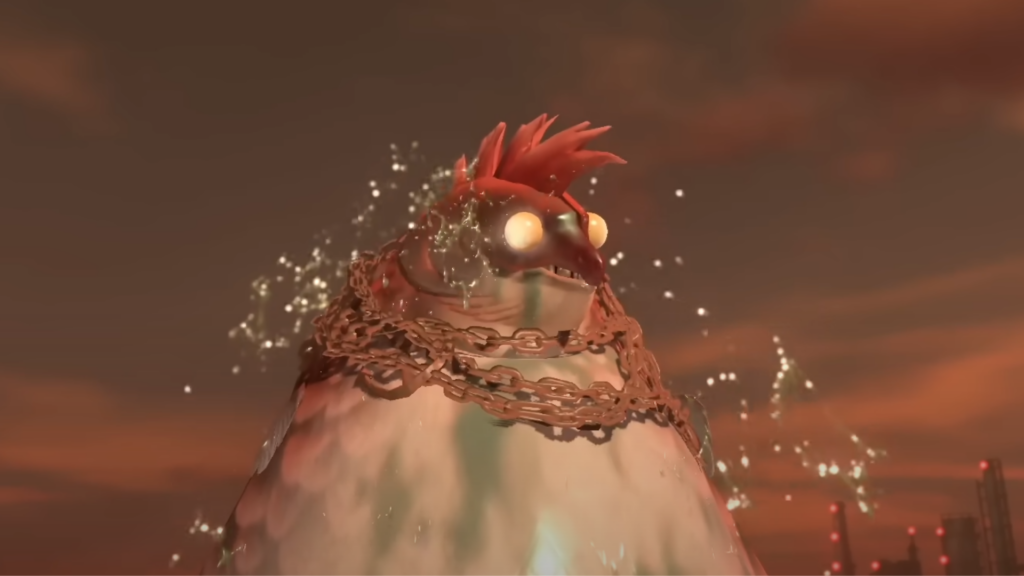
Salmon Run, for me, had the most important and exciting changes in all of Splatoon 3. This is because, unlike Splatoon 2, Salmon Run could now be played 24 hours a day, seven days a week, 365 days a year (aside from scheduled maintenance, of course). It’s no longer placed on a rotation, so you and your friends don’t need to hope that the stars align for you to be able to play it with them. Just head into GrizzCo Industries and you’re good to go!
Of course, that’s not the only thing that’s changed with Salmon Run. At release, Salmon Run had three stages: two new ones, and one returning from Splatoon 2. Salmon Run also has something called Events, where one of nine events may occur, such as the water level rising, fog rolling in, or Salmonids rushing to attack the team. There are two new of those nine: Mudmouth Eruption and Giant Tornado. The former involves Mudmouth creatures coming from the ground, while the latter causes a tornado to send debris to litter the arena.
There are three things that really expand Salmon Run, however. The first is Egg Throw, which allows you to toss eggs (in exchange for ink from your reserves) to let you get in more eggs more quickly. This is a subtle change to the gameplay that honestly revolutionizes how Salmon Run plays for me, and I was super hyped to see it added.
The next thing they added was King Cohozuna, an occasional fight at the end of your Salmon Run shift. King Cohozuna is a super boss, and beating it is no easy feat. You use Salmonid Eggs against Cohozuna, and you have to deplete its health bar in a certain amount of time to defeat it and get exclusive rewards. The final new thing about Salmon Run is called Big Run. Basically, every few months, Splatoon 3 will have an event where every Turf War level will be playable with the Salmon Run rules.
Tri-Color Turf Wars
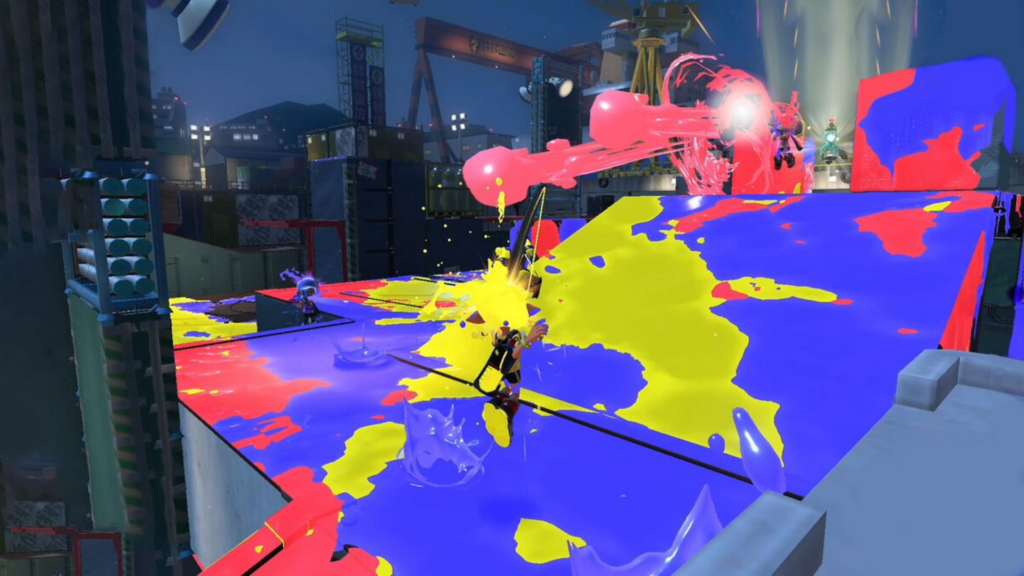
Splatfests return in Splatoon 3, and instead of being a battle between two sides (each helmed by one of the idols), you now have three different sides to choose from. For example, the latest Splatfest is a battle between the three starter Pokemon types: Grass, Water, and Fire. The winner in all Splatfests is ultimately determined according to a combination of both popularity and performance.
Originally, players would just do a regular Turf War with only aesthetic differences. However, Splatoon 3 introduces Tri-Color Turf Wars, which involves the leading team being placed in the middle of the map. Meanwhile, four other members, two taken from each of the other teams, are placed at opposite ends of the map and have to work together against the leading team. Meanwhile, the leading team needs to keep them from getting the Ultra Signal, which can summon a very dangerous weapon that can easily wipe out opposing teams.
It’s fairly unbalanced so far, but thankfully, Splatfests are usually just normal Turf War-type battles. Hopefully, balance patches will fix this and make it more enjoyable for future Splatfests.
Table Turf Battles
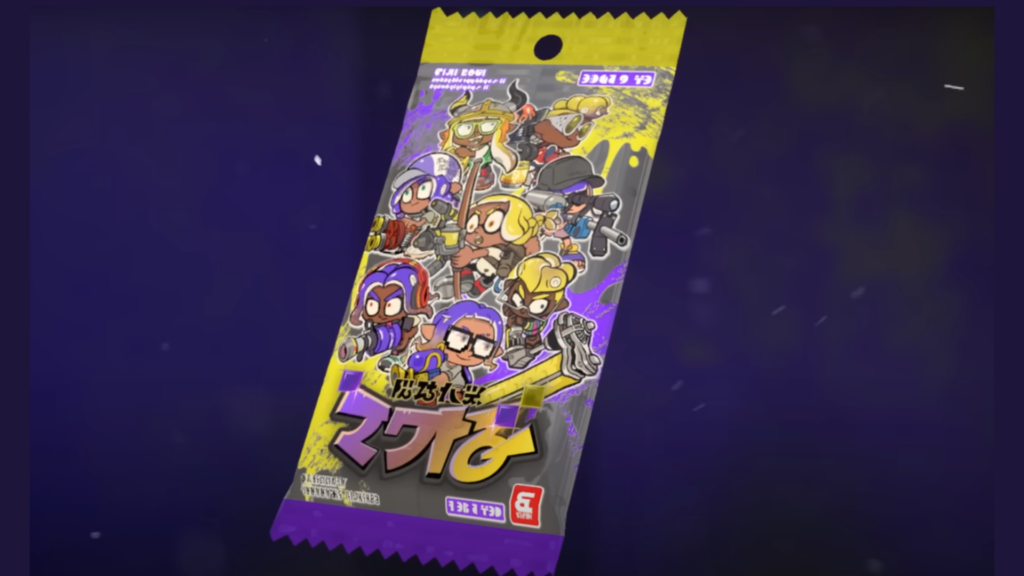
One of the new modes added to Splatoon 3 is Table Turf Battles, which is an in-universe trading card game. In this new mode, you play what is essentially a turn-based card version of Turf Wars, played between two players. The objective is to place your cards down on the field, with the intention of covering as much ground as you possibly can. Both players place a card down at the same time, and you have 12 turns to get as much coverage.
Whichever card has the higher block count gets priority in placement, and if the numbers are equal, they are placed at the same time. If blocks overlap, those blocks are neutralized. Most cards have something called a Special Space Square, which, when surrounded, becomes a Special Space at the bottom of your screen. You can use this to power up a card (by paying its Special Space cost), and it is the only way for your blocks to replace the opponent’s blocks.
Honestly, this mode is not the biggest draw, but for what it’s worth, it’s quite interesting to play, and the strategies you can employ are honestly pretty fun. I just hope that they keep updating it to keep it fresh!
Improved updates and DLC
One of the biggest criticisms Splatoon 2 faced is that, while it was built as a live service game, the actual content distribution was somewhat slow and inconsistent. While this is only a declaration by Nintendo that the updates will be more regular, and the DLC being announced earlier than it was for Splatoon 2 is nice, I’m going to be cautiously optimistic that things will look better in terms of new content additions.
New amiibo

Each Splatoon release – Splatoon 1, 2, Octo Expansion, and 3 – has had amiibo released as part of the set, usually in a trio. This one comes with a triple set of Inkling Girl, Inkling Boy, and the Little Buddy Salmonid, and they are able to be used with Splatoon 3 much in the same way its predecessors were able to utilize amiibo. I just wish that the amiibo weren’t so expensive!


